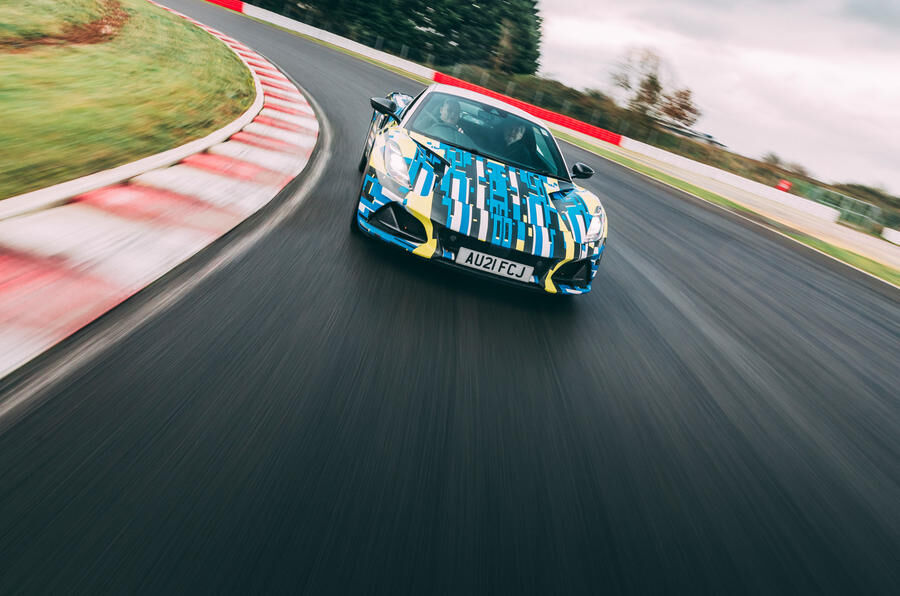Hethel’s engineering arm heavily engaged in engine management programmes for “lots of” third-party clients.
The development of super high-output hypercar engines will keep Lotus Engineering busy on combustion-engine development as the ICE deadline approaches in 2030/2035.
“We still have lots of clients who are, in some cases, taking absolute maximum advantage of things like the 2030 deadline looming,” said Mark Stringer, commercial director of Lotus Engineering.
Lotus is supplying its advanced 16-bit T-Series engine-management system and ECU to various projects and taking advantage of its experience in global certification programmes, especially in the US, to keep the 22 ICE test cells at Hethel busy as Lotus Cars looks to an all-electric line-up within a matter of years.
According to Lotus Engineering’s head of business development, Lee Jeffcoat, Lotus has built up a solid list of hypercar projects, “because we’ve got our own products in the US market with our own ECU, we know exactly what to do, the processes to follow and have all the software with the calibrations to apply to customer engines”.
“One of our unique offerings is that we’re ‘pre-qualified’ for the US homologation,” added Stringer.
Lotus won’t name clients or models these engines will be fitted to in production, except to describe them as “fantastic hypercars that are the absolute best-of-the-best with highly-complex, very-high-performance multi-cylinder engines”.
Lotus said its engine-management system offers cost savings over a system designed and developed by a major tier-one provider like Bosch or Continental, because it can be developed at faster pace and lower cost.
“Our ECU is a much lower investment than the majors, who will deliver wonderful service but are very expensive,” said Stringer. “That’s great if you are making lots and lots and lots of cars, but if you’re making a hypercar, you’re looking for something that’s lower-investment yet can be a little bit higher on the piece price, while you’ve got a high degree of complexity to manage. We can work well with that.”
Lotus Engineering has been a world-leader in ICE development, with a list of clients that includes most global manufacturers.
Its biggest-ever project, commissioned when Lotus was owned by General Motors, was the Ecotec L850 family, a 2.2-litre global four-cylinder engine launched in 1999 and later developed into 2.0-litre and 2.4-litre versions with direct-injection, turbocharging and supercharging that has racked up production so far of around three million units.
Concentrating on hypercar engines and more specialised work on marine and static engines, Lotus has reduced the number of test cells at Hethel from about 40, while at the same time expanding its UK and global engineering footprint since Geely took control in 2017.
It can draw on expertise at four UK sites – Hethel, Coventry, Norwich and Wellesbourne – plus Frankfurt in Germany and three sites in China, including a significant operation in Wuhan, where the workforce is dedicated to Lotus Engineering projects.
Headcount at Lotus Engineering varies depending on how many active projects the division is working on, but it’s understood to be around 500 presently, given the size of the Wuhan unit.
Julian Rendel




